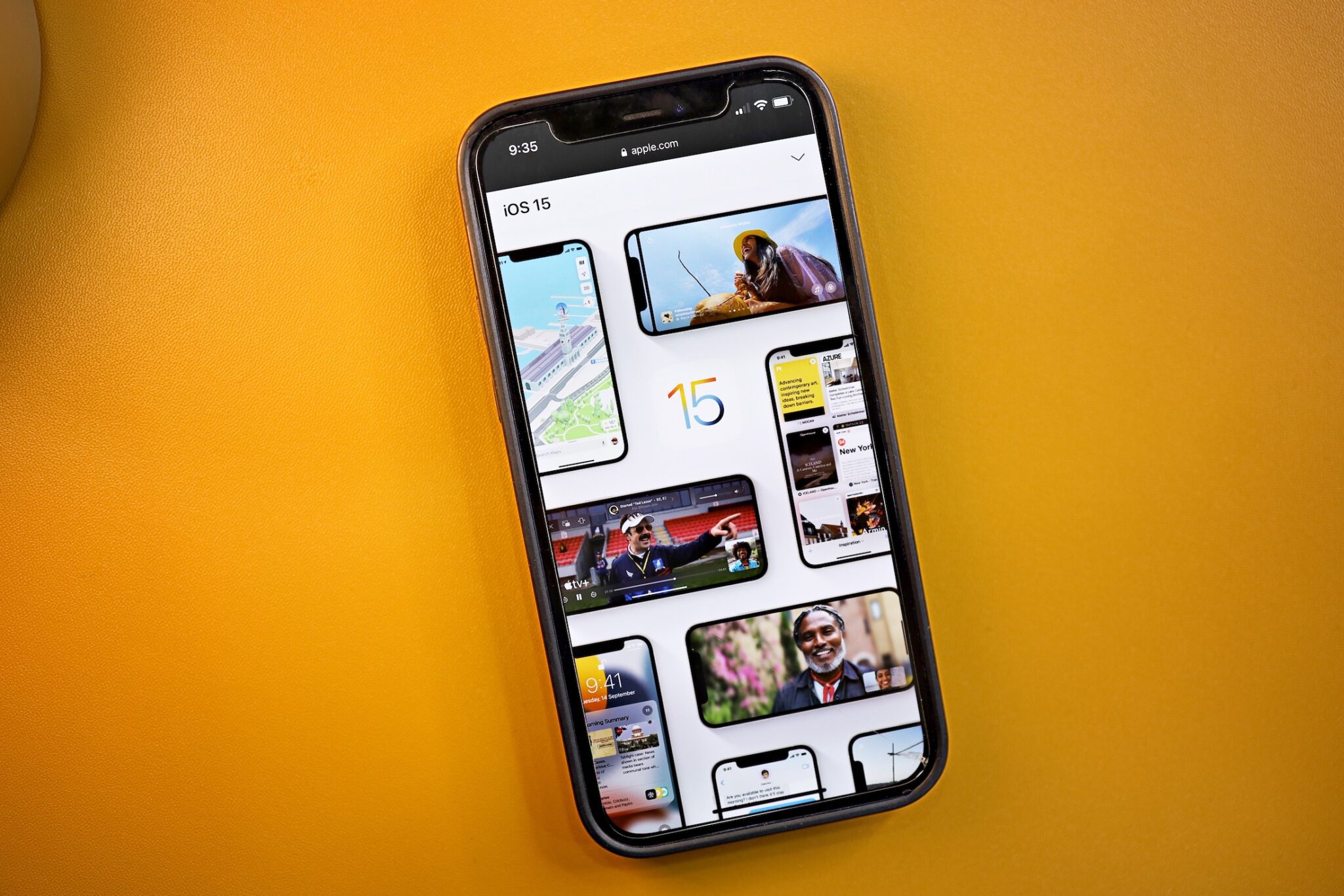Apple revealed the number of iPhones and iPads running iOS 15 for the first time since the update was released four months ago. Despite the slew of bug reports in the initial versions, the statistics suggest that 72 percent of the recent iPhones have updated to iOS 15.
According to Apple’s data, 26 percent of iPhones launched in the last four years continue to run on iOS 14, while 72 percent have upgraded. A meager two percent of these iPhones run even older software. Interestingly, a whopping 63 percent of all iPhones (including those that are more than four years old) run iOS 15 now, while 30 percent did not update. Meanwhile, 7 percent of these iPhones aren’t even on iOS 14.
While the adoption rate for iOS 15 might seem reasonable, it is far lower than for its predecessors. For instance, as of December 2020, iOS 14 was installed by 81 percent of the iPhones released up to four years prior. iOS 13 was notoriously slow to install, but it was also running on 77 percent of the iPhones by January 2020.
Coming to iPadOS 15, around 57 percent of all iPads launched in the last four years made the upgrade to iPadOS 15, while 39 percent chose to stick with iPadOS 14. In the broader sense, just 49 percent of all the iPads run the latest update while 37 percent run iPadOS 14. A significant 14 percent are on a software version older than iPadOS 14.
Our Take
We believe iOS 15’s sluggish adoption could be blamed partly on the promises it didn’t live up to and partly on the bugs that surfaced. For instance, features including SharePlay, iCloud Private Relay, and Digital Legacy aren’t yet available to stable channel users. The same goes for iPadOS 15. Universal Control was announced but repeatedly delayed. When these features arrive, they could encourage more downloads. Still, iOS 15 and iPadOS 15 had their fair share of bugs in the beta phase, such as iPhone Storage Full error after updating, broken scanner functionality in the Mail app, automatic Siri dismissals, etc.
Additionally, iOS 14 users were offered a choice to stay on iOS 14 or update, with the promise of continued security updates “until you’re ready to upgrade.” This could have contributed to iOS 15’s slower adoption rate given that all devices running iOS 14 were compatible with the upgrade Since the iOS 15.2 release, Apple appears to have run out of patience and has suspended security updates for iOS 14, compelling users to update if they want the security features. This could result in more people installing iOS 15 eventually.
That said, tell us why you upgraded to iOS 15 or chose to stick with iOS 14 in the comments section below. We would love to hear your opinions.

